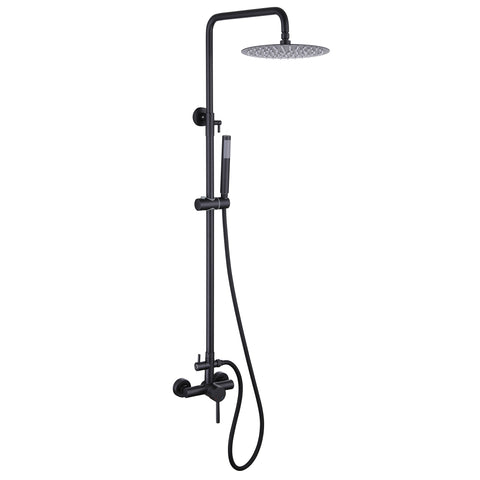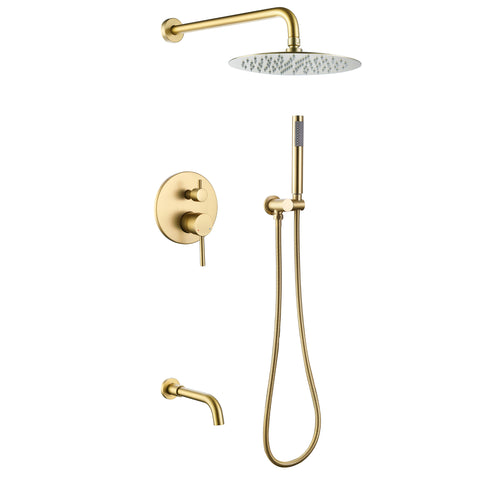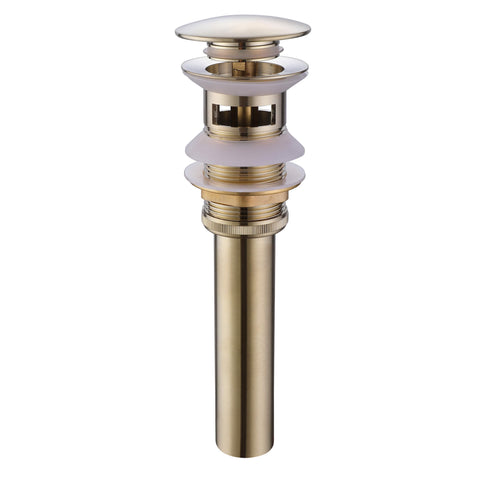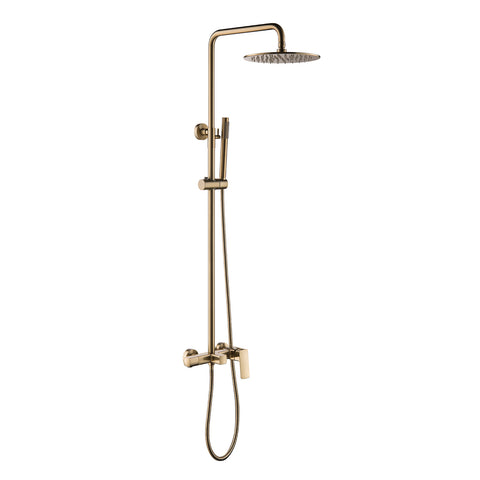How to Install and Maintain the Shower Drain of Your Bathroom?
The shower drain is an essential component of any bathroom, as it ensures proper drainage and prevents water from pooling on the floor. Whether you're building a new bathroom or replacing an old drain, proper installation and regular maintenance are crucial for optimal functionality. In this blog post, we will guide you through the process of installing and maintaining a shower drain, helping you keep your bathroom dry and free from plumbing issues.
Part 1: Installing the Shower Drain
Step 1: Gather the necessary tools and materials
Before you begin the installation process, make sure you have all the required tools and materials. These typically include a shower drain kit, plumber's putty, a wrench, a screwdriver, and a silicone sealant.
Step 2: Remove the old drain (if applicable)
If you're replacing an existing drain, start by removing the old one. Use a screwdriver or wrench to loosen and remove the screws or bolts securing the drain cover. Once the cover is removed, carefully lift out the old drain.
Step 3: Prepare the drain area
Clean the area around the drain hole to remove any debris or residue. Ensure the surface is smooth and free from any obstructions that could interfere with the installation.
Step 4: Apply plumber's putty
Take a small amount of plumber's putty and roll it into a rope-like shape. Place the putty around the underside of the drain flange, ensuring it covers the entire circumference. This will create a watertight seal when the drain is installed.
Step 5: Insert the drain
Lower the drain flange into the drain hole, making sure it sits flush with the shower floor. Apply gentle pressure to ensure a tight fit. Some drains may require additional tightening using a wrench, so follow the manufacturer's instructions.
Step 6: Secure the drain
Using the provided screws or bolts, secure the drain flange to the shower floor. Be careful not to overtighten, as this could damage the drain or the shower floor.
Step 7: Apply silicone sealant
To further enhance the water seal, apply a bead of silicone sealant around the edges of the drain flange. Smooth out the sealant using your finger or a caulking tool, ensuring a neat and even finish. Allow the sealant to dry completely before using the shower.
Part 2: Maintaining the Shower Drain
Regular maintenance is vital to ensure the longevity and proper functioning of your shower drain. Follow these essential tips to keep your drain in excellent condition.
Clear debris regularly: Remove hair, soap residue, and other debris from the drain cover and surrounding area. Use a drain snake or a wire hanger to unclog any blockages that may have formed within the drain pipe.
Prevent hair buildup: Use a drain strainer or hair catcher to prevent hair from entering the drain. Clean the strainer regularly and dispose of any collected hair.
Flush with hot water: Once a month, pour a kettle of hot water down the drain to help dissolve any grease or soap scum buildup.
Avoid harsh chemicals: While it may be tempting to use chemical drain cleaners to unclog a drain, they can damage the drain pipes over time. Opt for natural alternatives or contact a professional plumber if you encounter a severe blockage.
Inspect for leaks: Check the area around the drain regularly for signs of leaks or water damage. If you notice any issues, address them promptly to prevent further damage to your bathroom.
Proper installation and regular maintenance of your shower drain are crucial for a well-functioning and problem-free bathroom. By following the steps outlined in this guide, you can install a shower drain with confidence and keep it in optimal condition for years to come. Remember, a well-maintained shower drain ensures efficient water drainage, prevents costly water damage, and keeps your bathroom clean and comfortable.













